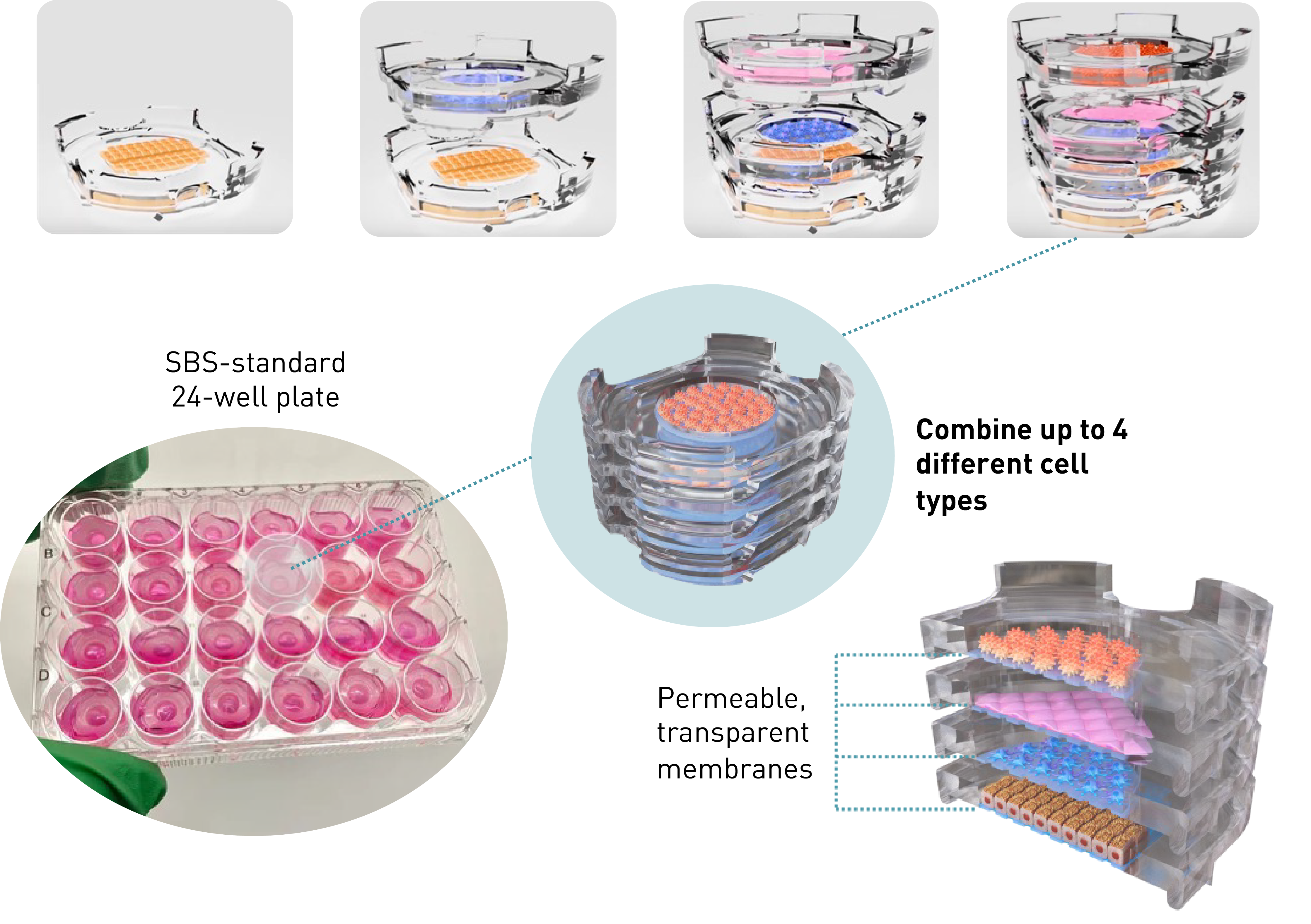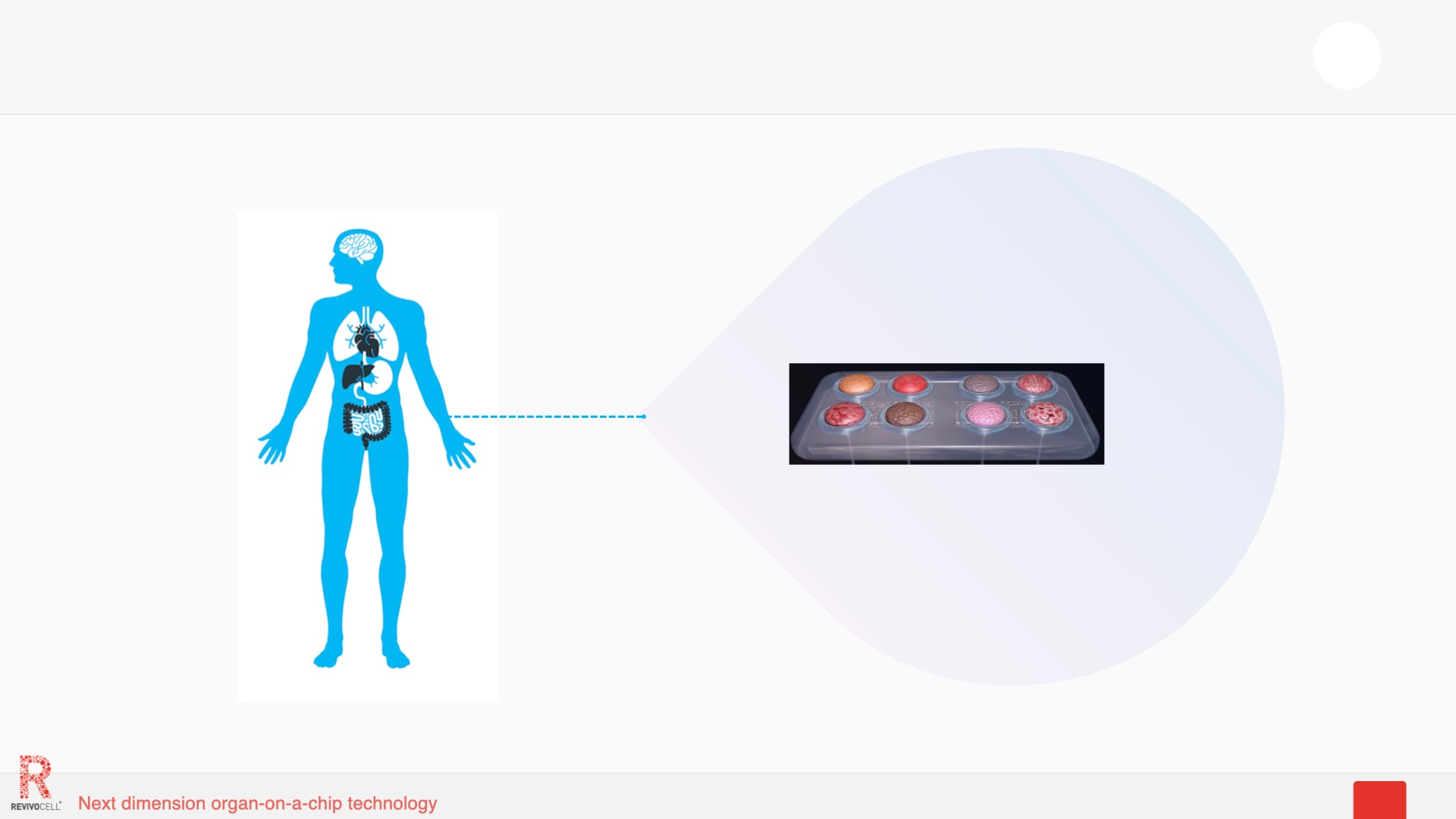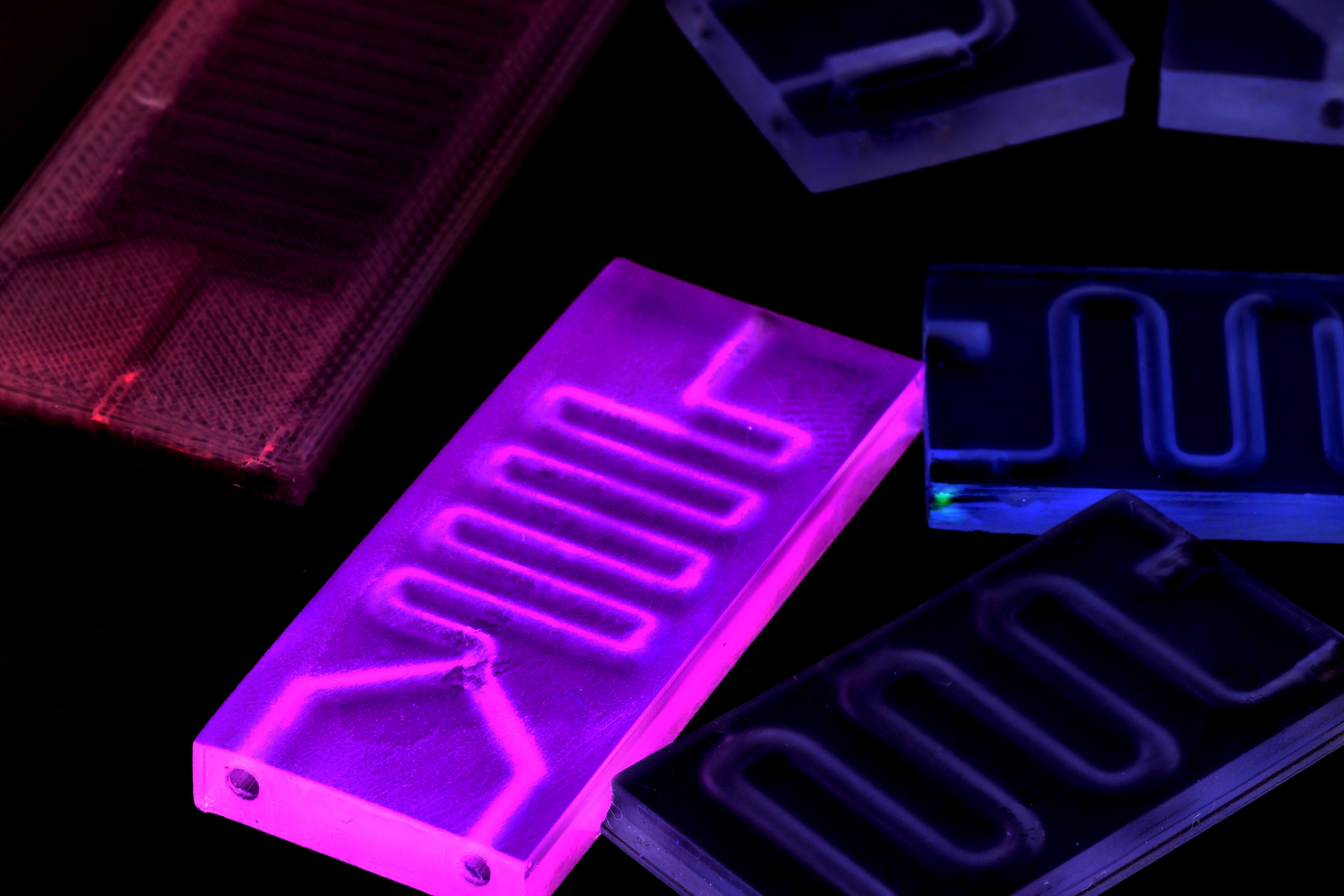Revolutionizing Drug Discovery with NANOSTACKS™ Organ Models
High-complexity in vitro models for drug development

Our Services
Enhance your drug discovery with our cutting-edge in-vitro human relevant models
Our Technology

NANOSTACKS™ technology: advancing research through in-vivo relevant organ models

Explore NANOSTACKSTM, a cell culture platform designed for the development of high-complexity in vitro models. The use of NANOSTACKSTM-based models ensures the in vivo-relevancy of data from in vitro toxicity and efficacy studies, improving the success rate of drug development pipelines.
Trusted by







The latest blogs

High-complexity in vitro models for the toxicity assessment of antibody-drug conjugates
Antibody-drug conjugates (ADCs) target cancer cells while reducing harm to healthy tissue. However, off-target toxicity remains a concern, demanding thorough evaluation. Read this blog post to explore the role of advanced in vitro models for toxicity screening of ADCs.
Read More
5 tips for making your own complex in vitro model
Discover 5 essential tips for designing and setting up a complex in vitro model (CIVM) that mimics the human body more effectively than traditional models. From maximizing cell types to validating your model, these insights will help you advance your research and increase its relevance
Read More
Human Organs-on-Chips: easier said than done
Discover the current state of the art in organ-on-a-chip technologies and how they compare to conventional cell culture methods. Dr. Valon Llabjani, Founder and CEO of Revivocell Limited, explores the advancements, limitations, and the need for improved models. Learn about Revivocell's CELLBLOKS® technology, a modular multi-organ/cell type co-culture system that bridges the gap between traditional methods and organs-on-a-chip approaches.
Read MoreNeed some help?
If you're interested in discovering how our organ models can benefit your research, we invite you to get in touch with us. Our team is available to provide further insights and address any inquiries you may have.
Contact information
UK
USA
BioLabs@NYU LANGONE, 180 Varick St, Floor 6, New York, NY 10014
info@revivocell.com
Revivocell Brands


